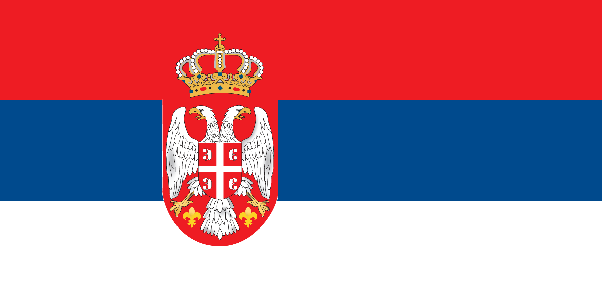Investing in Serbia



Milosevic-era mismanagement of the economy, an extended period of international economic sanctions, and the damage to Yugoslavia's infrastructure and industry during the NATO airstrikes in 1999 left the economy only half the size it was in 1990. After the ousting of former Federal Yugoslav President Milosevic in September 2000, the Democratic Opposition of Serbia (DOS) coalition government implemented stabilization measures and embarked on a market reform program. After renewing its membership in the IMF in December 2000, Yugoslavia continued to reintegrate into the international community by rejoining the World Bank (IBRD) and the European Bank for Reconstruction and Development (EBRD). Belgrade has made progress in trade liberalization and enterprise restructuring and privatization, including telecommunications and small- and medium-size firms. It has made some progress towards EU membership, signing a Stabilization and Association Agreement with Brussels in May 2008, and with full implementation of the Interim Trade Agreement with the EU in February 2010. Serbia is also pursuing membership in the World Trade Organization.
Structural economic reforms needed to ensure the country's long-term viability have largely stalled since the onset of the global financial crisis. Serbia, however, is slowly recovering from the crisis. Economic growth in 2010 was a modest 1.7%, following a 3.1% contraction in 2009, but exports rose by over 16% and manufacturing output increased 3.2%. High unemployment and stagnant household incomes are ongoing political and economic problems. Serbia signed an augmented $4 billion Stand By Arrangement with the IMF in May 2009 that expires in April 2011. IMF conditions on Serbia constrain the use of stimulus efforts to revive the economy, while Serbia's concerns about inflation and exchange rate stability preclude the use of expansionary monetary policy. Serbia adopted a new long-term economic growth plan in 2010 that calls for a quadrupling of exports over ten years and heavy investments in basic infrastructure. Serbia is still a transitional economy with unfinished privatization and incomplete structural reforms. Major challenges ahead include: high government expenditures for salaries, pensions and unemployment; a growing need for new government borrowing; rising public and private foreign debt; and stagnant levels of foreign direct investment. Privatization revenues have fallen precipitously in recent years, while a high percentage of economic activity remains in the hands of the state. Other serious challenges include an inefficient judicial system, high levels of corruption, and an aging population. Factors favorable to Serbia's economic growth include a strategic location, a relatively inexpensive and skilled labor force, and a generous package of incentives for foreign investments.
National Bank of Serbia - http://www.nbs.yu/
Ultra Lithium (CVE: ULI)
Serbia Investing News
2011-06-08 - (ul) - Ultra Lithium acquires Serbian mineral concessions for lithium and boron potential
Learn more:
Back to Country Investing





